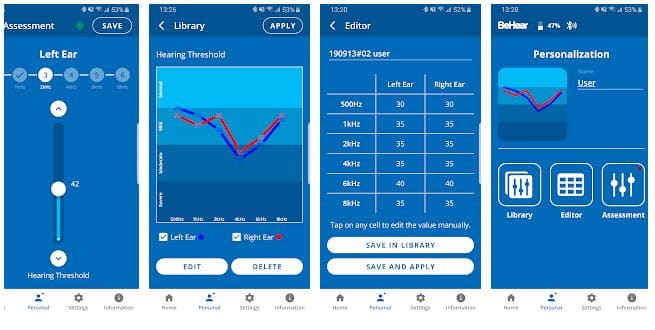LAS VEGAS, NEVADA — With more than 175,000 attendees, 3,800 exhibiting companies and 2.6 million square feet of floor space spread across three locations, the Consumer Electronic Show– now so familiar it’s simply “CES” -is one of the largest annual conventions in the world. Everything from drones to self-driving cars, from smart canes to smart bikinis can be found on the expo floor. If you’re a technology junkie and you’ve attended CES, you know there are distractions around every corner. You might run into Michael Phelps at the Under Armour booth or ride an elevator to the 33rd floor of the Venetian hotel with Richard Branson. With some careful planning and the CES app, however, you can see a slew of products, many still in the proverbial, soon-to-be-launched Kickstarter-funded pipeline.
Hearing Aids and Hearables Increase Presence at CES
Although CES has been in existence for 50 years, you are unlikely to run into people from the hearing care industry. That, however, has begun to change in recent years. Two hearing aid manufacturers, Oticon and Resound, have exhibited at CES for a couple of years. And now, as we move into a future where hearing aids may become deregulated, CES could become be event that warrants greater attention from hearing care professionals.
As you might imagine, CES is the type of event that garners considerable media attention. This year was no different, as several articles in the mainstream mentioned that hearables were a highlight of the show. The hearables, or, as many professionals call them, personal sound amplification products (PSAPs), on display at the 50th annual CES can be broken into two broad categories: cordless and neckband-type. The former is comprised of cordless (wireless) earphones, while the latter uses some type of neckband or yoke, which tethers to the earphones.
In addition to hearable mainstays Bragi and Jabra Sport, a couple of other cordless hearables that merit the attention of the audiology community are Nuheara IQbuds from Australia and LIZN, a start-up from Denmark by former employees of Oticon and Resound. All of the cordless earphones have a carrying case that doubles as a recharging station (see Figure 1), while most have a smartphone-based app that allows the user to make adjustments to a few acoustic parameters, such as overall gain.

Figure 1. Nuheara IQbuds with carrying case that doubles as re-charging station
At CES, there were several types of hearables on display that use the neckband, like the one shown in Figure 2. Similar to cordless hearables, the products in this category allow the user to make adjustments to the sound of the device through an app. Several products in this category have unique features that could make them an attractive addition to a dispensing practice. For example, inspEAR, comprised of a custom-made earplug requiring an impression from a hearing care profession, has a feature that allows for real-time translation of a foreign language and hearing protection.

Figure 2. ONvocal Hearable
Another product in this category, ONvocal, connects to Amazon Alexa voice & music service, allowing the user to utilize voice computing.
Finally, other devices with the neckband design, including OroSound and BeHear use multiple microphones and process-based noise reduction algorithms to optimize the signal to noise ratio for the user.
Hearable Multitaskers
Across these two broad categories of hearables on display at CES, one commonality is their multi-tasking capability. All of the products mentioned here connect to a smartphone and allow the user to communicate on the phone, stream music and amplify sounds in their immediate environment, often utilizing some of the same technology found in modern hearing aids.
In addition, other features like Near Field Magnetic Induction (NFMI) — a technology found in many hearing aids for more than a decade – that allows for a more stable connection between the smartphone for both earphones can now be found in some hearables.
Because of their multitasking capability, modern design and relatively low price (most retail for under $500 per pair), hearables might be a promising alternative for adults who don’t think of themselves as hearing aids candidates, but who nevertheless struggle with their hearing in certain listening situations. On the flip side, unlike hearing aids, which are required to have an accompanying ANSI-derived specification that report a range of tolerances, hearables have yet to meet a specific pre-defined standard (one is expected to be published soon). Given the range of hearables that are hitting the market, hearing care professionals are encouraged to learn more about these products and get actively involved in vetting them.
As hearing aid and consumer electronic technology continues to morph, individuals around the world who, for whatever reason, were not candidates for traditional hearing aids may find these products attractive. It’s up to audiologists and hearing instrument specialists to use their expertise to help consumers separate the wheat from the chaff.
If the technological leap in hearables witnessed on the CES floor from 2016 to 2017 holds true, things are about to get really interesting.






